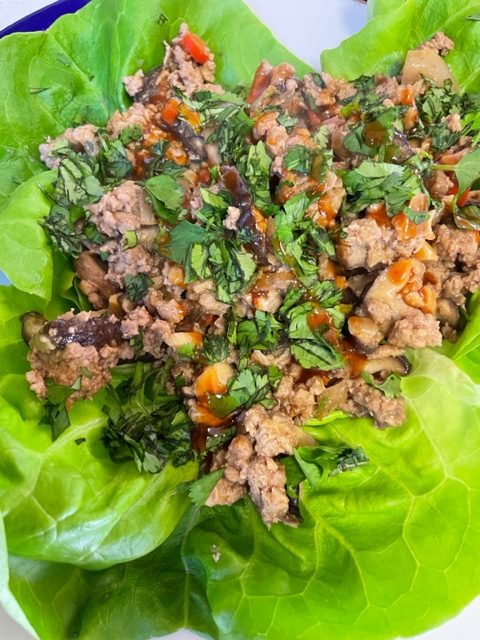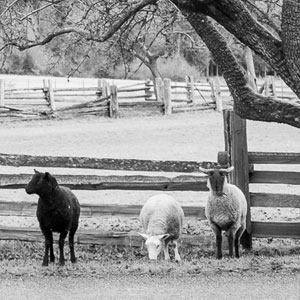I love growing my own vegetables not only because it’s such a rewarding experience but also because it saves money. Finding food on the ground that just falls from the sky? Even better!
Acorns were my first foraged food as an adult. When I was young I foraged blackberries and stinging nettles before I even knew what the word “forage” meant. Now I’m obsessed with wild food and still love listening to Daniel Vitalis’ podcast, my original wild food inspiration. After hearing about his experience, I was excited to find Oak trees growing where we lived at the time, near Santa Cruz, California. In fact, I found most of my acorns in my Los Gatos doctor’s office parking lot!
After a very lengthly process, I used my acorn flour to make the best pancakes I’ve ever had. These super rich, high fat pancakes made a healthy and satisfying breakfast that didn’t leave you hungry forty-five minutes later!
Here is the process I went through:
1. Gather enough acorns to fill a gallon jar, or more (fun to do with kids but beware of toddlers that like to dump out the whole bucket!)
2. Place them in water and throw away the ones that float, as that’s a sign they’ve been invaded by pests.
3. Dry them out on trays in a warm house (or outside in the sun) so they’ll be easier to crack.
4. Next you need to crack them. The first time I didn’t have a nut cracker so I smashed them on a cutting board but this time I used a regular nut cracker with great success (but I also had beautiful big acorns that were easy to crack). My oldest son was in charge of putting the acorn “meat” into a gallon jar with some water in it to keep them from oxidizing, otherwise they end up with unappealing black spots.
5. Next, put all the acorn meat into a blender with spring water and make a slurry (i.e. a slurry of acorn “flour” and water). Do this in batches so that the blender doesn’t get too full. I poured the water/acorn mixture into a gallon jar with a lid and put it in the fridge. Note: I did not remove the skins. Some articles talk about this while others don’t. I didn’t find it to make a difference and honestly this takes long enough as it is so I didn’t bother the second time either.
Now for the leaching of the acorns….
6. After 24 hours take the jar out of the fridge and pour the liquid out. At first it just looks like dark brown water (that’s the tannins) but as you get closer to the acorn mixture at the bottom of the jar, you’ll start to see the water be more white and cloudy. At that point pour the remaining leaching water into a pot (set this aside and save this for step seven). Don’t worry about getting every last drop of water out as you’re just going to add more to the jar anyway. Add water and stir. This process of changing the water is called leaching as it leaches the tannins and phytic acid out of the acorns and makes them not only palatable but nutritious. Phytic acid, also found in nuts, seeds, beans and grains, interferes with mineral absorption so it’s best to get rid of as much of it as possible.
7. Let what you poured out into the pot settle for a few hours. You’ll notice there’s a thin layer of white stuff that settles to the bottom. This is the starch that you’ll now be able to incorporate back into the rest of the acorn flour you are leaching. Pour off as much of the clear water as you can without losing a bunch of the “white stuff”. Add this to the gallon jar you have in the fridge. Note: this step was suggested when I researched how to leach acorns years ago but I don’t see this mentioned in recent posts on acorns that I’ve read. I’d say if you are looking to save time you could skip this step and perhaps don’t pour as much liquid out. Leaching might take slightly longer but be simpler to do each day.
8. Repeat step 6 and 7 the next day (i.e. changing the water every 24 hour).
You will do steps six and seven (changing out the water and keeping as much of the white starch as possible) for about five days, or until the acorn meat doesn’t taste bitter. Now strain out as much liquid as possible so that it is as dry as possible.
At this point you could dry the mixture and really turn it into a dry flour. I chose to leave it in this wet cornmeal consistency and use immediately for pancakes topped with butter and maple syrup.
You can use any pancake recipe, using a 1:1 acorn to other flour ratio. For example, if a recipe calls for two cups of flour, you would want one cup of acorn flour to one cup other flour. This is because acorn flour doesn’t bind well on it’s own. I used cassava flour to make the pancakes gluten free. This recipe can also be used with freshly ground chestnut flour, which doesn’t have to go through the same leaching process. This is the recipe I used:
2 cup acorn flour
2 cup cassava flour
4 eggs
2-3 cups milk (start with 2 cups and use more to thin to a pourable consistency)
2 tsp salt
2 tsp baking powder
It was honestly a lot of work! But I ended up with about eleven cups of flour which made a lot of pancakes, so it was well worth the effort. They freeze well and heat up well in the toaster. It all took a lot of time but cost nothing and was a really fun experience to share with my kids.





